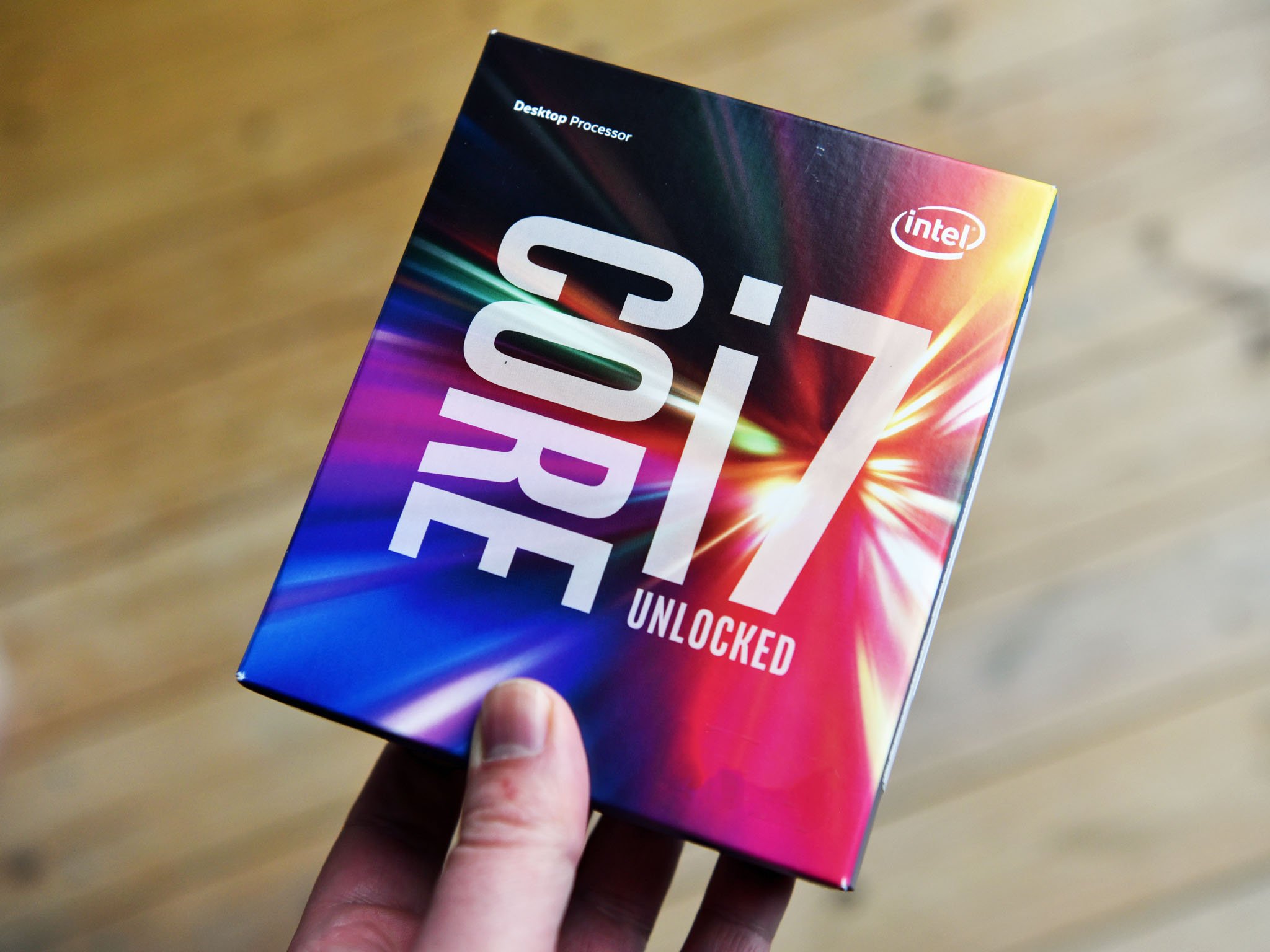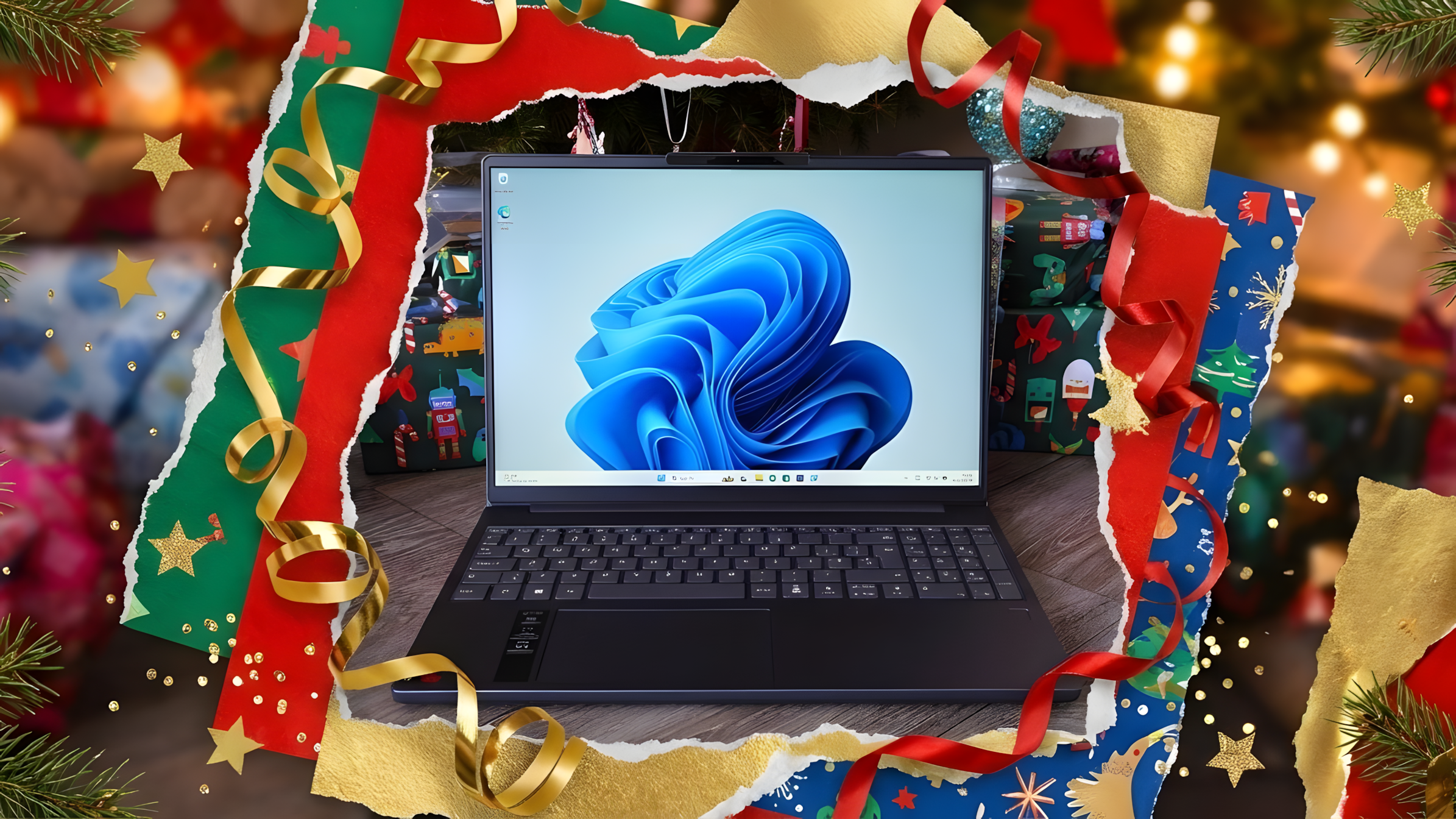Intel adds support for Vulkan graphics API on Windows

Intel has officially added support (via CIO) for the Vulkan graphics API for its most recent Core chips on Windows 10. While Vulkan is already supported on graphics cards from AMD and NVIDIA, the integrated graphics in Intel's Kaby Lake and Skylake chips can now run games and applications written with the API as well.
If you're unfamiliar with Vulkan, it's a relatively new open source low level API akin to OpenGL or Direct3D. Vulkan is considered to be highly efficient, with the ability to offer solid graphical performance on a wide range of hardware. The API is also cross-platform, enabling it to run not only on PCs, but mobile phones and other hardware as well. Here's how Intel describes Vulkan in its documentation:
Vulkan* targets high performing real-time 3D graphics applications, like games, while giving low-overhead hardware control over GPU acceleration to developers. Vulkan* utilizes many open-source libraries and utilities, and promises great performance and predictability, while paving the way to better equip games to handle virtual reality or 4k HDR.
Vulkan support was previously available on Intel chips in beta form, but the official release signals that support is ready for primetime and should be relatively stable. Don't expect your integrated graphics to suddenly compete with high-end cards from NVIDIA and AMD, but Vulkan support should offer some solid performance on modest settings for games that support it. Perhaps more intriguing are the possibilities this opens up for Vulkan-coded apps that could run on the low-cost Windows Holographic VR headsets coming from Microsoft's hardware partners later this year.
For Vulkan support, you'll want to make sure you're running the latest drivers (15.45.14.4590), which you can learn more about at Intel.
All the latest news, reviews, and guides for Windows and Xbox diehards.

Dan Thorp-Lancaster is the former Editor-in-Chief of Windows Central. He began working with Windows Central, Android Central, and iMore as a news writer in 2014 and is obsessed with tech of all sorts. You can follow Dan on Twitter @DthorpL and Instagram @heyitsdtl.
